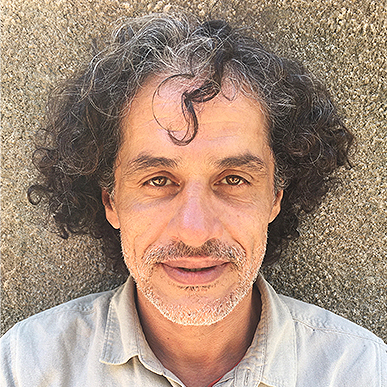Ala Alhourani: Chanting and dancing for God. Aesthetics and ethics of Sufism in Cape Town


Ataya: HUMA Interdisciplinary Seminar Series
Project/Paper: Please read 'Aesthetics and ethics of Islam: the art of being a gay Muslim' by Ala Rabiha Alhourani in The African Journal of Gender and Religion 26:2 (2020). Article made available with the kind permission of the author.

Bio: Dr Ala Alhourani is a lecturer in the Department for the Study of Religions at the University of Cape Town. He holds a PhD in Anthropology from the University of the Western Cape. In 2017, he joined the project on Islam, African Publics and Religious Values in the Department for the Study of Religions as a postdoctoral fellow. He also holds a research position in the African Centre for Religion, Ethics and Society. Through ethnography and anthropological film, his research explores the aesthetic experiences and ethics of religion in Africa.
Topic: This paper explores the aesthetic value of the performance of ratieb, and the sensational ways in which it is vested in the formations of piety. The ratieb is a Sufi ritual that includes drumming, chanting, and dancing with a blade and sword. It is a commemorative tradition in honour of Muslim saints, performed at various shrines in Cape Town. Sheikh Yusuf of Macassar initiated the ratieb in Cape Town in the 17th century. Aesthetics experiences of the ratieb enact sensational technology of self-purification, a sense of being and belonging to a community, which offered a refuge to escape the burning of slavery. The ratieb was integral to a rapid conversion to Islam in Cape Town (Mason, 2002). Although the ratieb is a deep-rooted Islamic tradition in Cape Town, it has been seen by various scholars as a folk Islamic practice. To evaluate the ratieb performance, this paper explores the aesthetic value of Islamic dance and sound; on the one hand aesthetic of the ratieb serves as a practice of mediation that renders Islam visible in public space, and on the other hand as constitutive of sensorial knowledge of an embodied tradition. Paying close attention to the sensory experience of the ratieb offers an insight into a technology of self-formation, inspiration and an encounter with God that encourages the examination of one’s spiritual purity and piety.